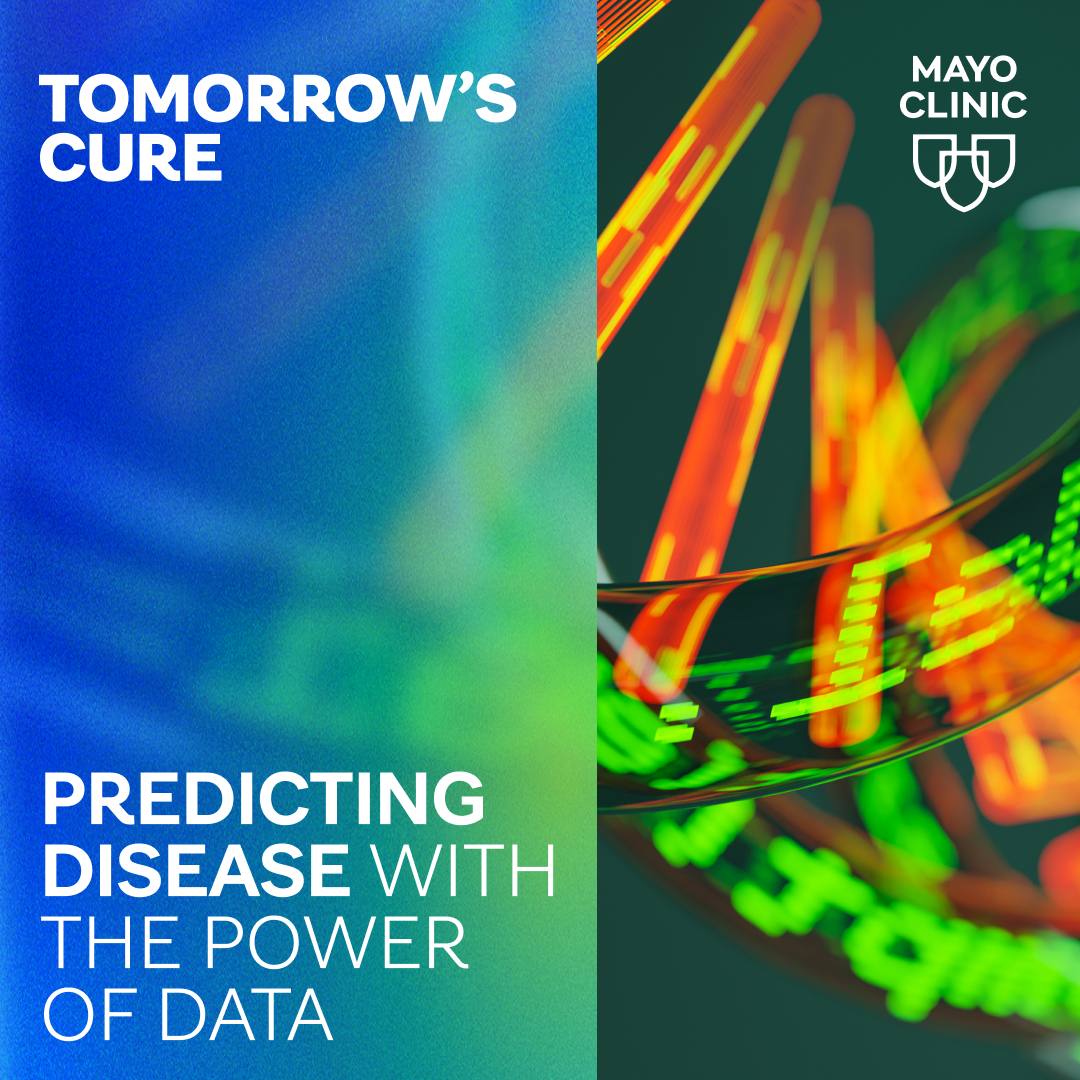-
Mayo Clinic Minute: Know options for uterine fibroids
Uterine fibroids are common. Doctors perform more than 200,000 hysterectomies to treat uterine fibroids every year, according to the National Institutes of Health. Dr. Erica Knavel Koepsel, a Mayo Clinic interventional radiologist, says less-invasive procedures, such as focused ultrasound or uterine artery embolization, may be good options for many women.
Journalists: Broadcast-quality video (0:59) is in the downloads at the end of this post. Please "Courtesy: Mayo Clinic News Network." Read the script.
"Uterine fibroids are benign, noncancerous tumors that form within the uterus from an overgrowth of connective tissue and smooth muscle, and they are actually very common within women who are usually premenopausal," Dr. Knavel Koepsel says.
Symptoms include heavy bleeding, anemia, difficulty emptying the bladder, and pelvic pain or pressure.
"We do have a variety of options to help us treat uterine fibroids," Dr. Knavel Koepsel says.
Treatments range from medication to surgery. One minimally invasive option is uterine artery embolization.
Doctors access the fibroids via catheters inserted through a small artery in the groin or wrist. Once there, they fill the fibroid with contrast to make sure they're in the right spot. Then they deliver small particles that plug up the tiny arteries feeding the fibroids.
"Once these tiny arteries are cut off or plugged up, the blood supply to the fibroid is gone, and the fibroid shrinks," Dr. Knavel Koepsel says.
Talk to your health care provider about which treatment for fibroids is right for you.
Related Articles







